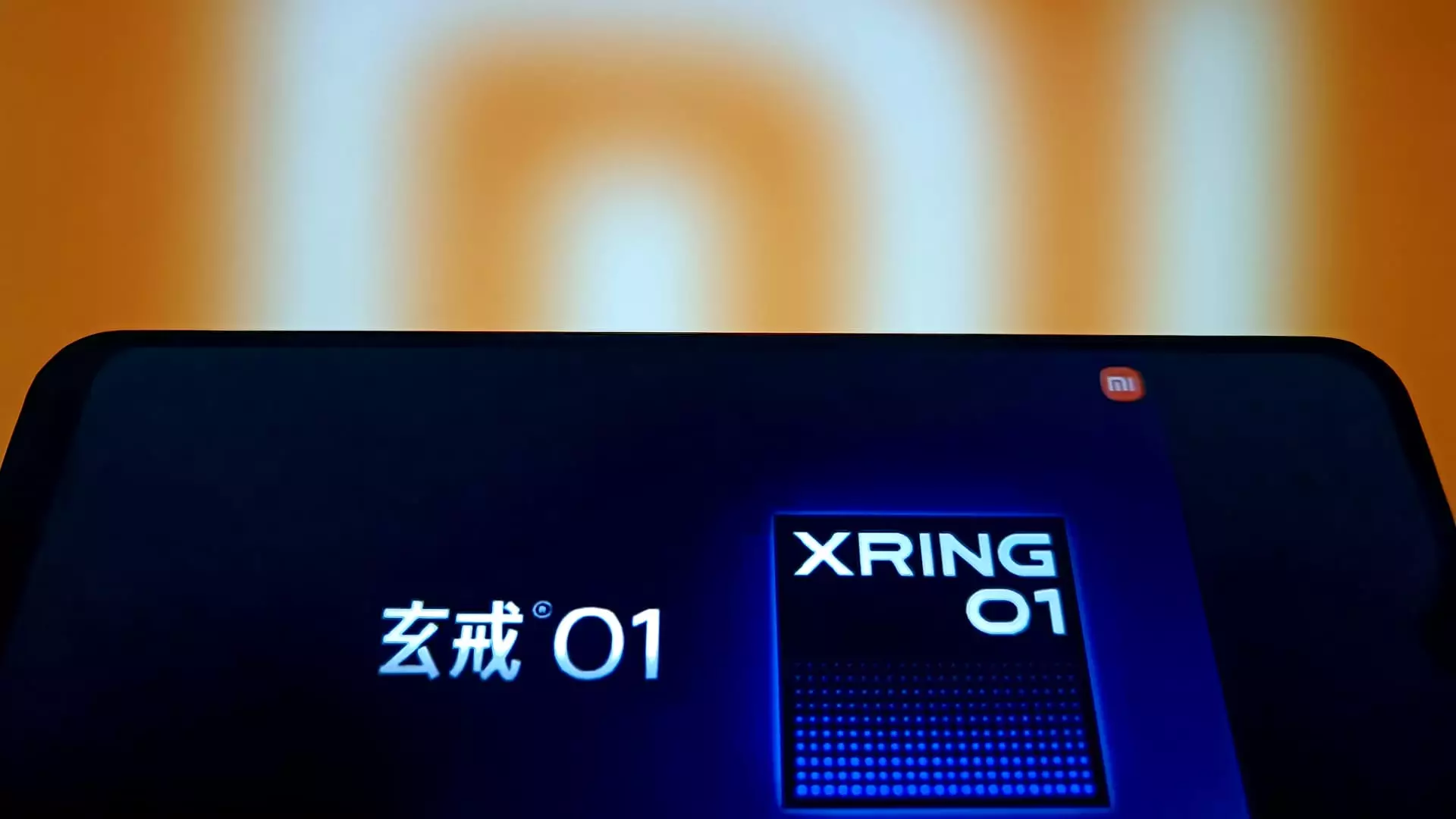In the ever-evolving tech world, the competition between brands often boils down to two critical factors: innovation and price. With Xiaomi’s new launch of the 15S Pro, the balance is tipping in a fascinating direction. Positioned as a formidable contender against Apple’s iPhone line, Xiaomi is breaking norms with its aggressive pricing strategy and self-developed technology. The 15S Pro priced at 5,499 yuan (approximately $764) is a significant step toward democratizing high-tech smartphones as it seeks to attract consumers who desire advanced features without the exorbitant price tag tied to Apple’s offerings. This approach is a refreshing challenge to the tech industry that has largely accepted high prices as a norm, especially when it comes to premium devices.
Xiaomi’s audacious move sheds light on a critical issue in today’s market—affordability versus quality. It’s clear that offering a lower-priced device is not merely a gimmick; it’s a deliberate strategy aimed at disrupting the dominant players in the high-end smartphone sector. With Apple’s iPhone 16 Pro and Pro Max starting at 7,999 yuan and 9,999 yuan respectively, Xiaomi is carving out a niche for itself that’s ripe for growth, particularly among consumers seeking value without sacrificing performance.
Challenging Technological Hegemony
At the heart of Xiaomi’s new offering is its innovative Xring O1 chip, which CEO Lei Jun claims surpasses Apple’s A18 Pro in several technical metrics. This assertion, though yet to be independently verified by third parties, represents a significant shift in the narrative surrounding Chinese tech capabilities. The suggestion that a Chinese firm is not only competing but potentially outpacing Apple at its own game highlights a growing trend in the tech landscape: nations and companies that were previously perceived as followers are now emerging as formidable leaders.
However, it’s essential to approach this claim with cautious optimism. Apple’s years of experience, coupled with its robust ecosystem, have cultivated a level of brand loyalty that is not easily undermined. Nonetheless, Xiaomi’s progress in chip development demonstrates an emerging self-sufficiency that could very well threaten this established order. As the U.S. throttles China’s access to advanced semiconductor technologies—a significant blow to its tech ambitions—Xiaomi’s commitment to investing over 50 billion yuan ($6.9 billion) in in-house chip development could signal a new era of competition where innovation is not just a goal but a necessity.
A Complex Regulatory Atmosphere
Despite the optimistic tone surrounding Xiaomi’s technological advancements, external factors loom large. The geopolitical landscape remains a shadowy presence affecting Chinese companies, especially in the technology sector. Restrictions imposed by the U.S. on high-end semiconductor access have placed additional pressure on companies like Xiaomi. While on the one hand, this might catalyze local innovation, on the other, it risks isolating Chinese firms among the global players.
Xiaomi’s intentions to carve out a solid market share abroad—where nearly 42% of its revenue stems from international sales—could unravel if these difficulties persist. The expansive promises made by Lei regarding revenue growth and R&D investments are commendable, yet they also echo a naïve ambition if they overlook the influence of international pressures.
The Broader Implications for the Automotive Sector
In a world where smartphones and electric vehicles are increasingly intertwined, Xiaomi’s endeavors in the automotive sector cannot be overlooked. With the release of its electric car, the SU7, priced to undercut Tesla, the company is ambitiously dabbling in multiple arenas. While the strategy to diversify is sound, it brings into focus the potential pitfalls of trying to conquer too many sectors at once.
Moreover, the implication of rising concerns following the unfortunate crash of one of its vehicles raises serious questions regarding the safety of technology-infused automotive systems. As regulatory bodies in China tighten their grip on the marketing language around driver-assist features, Xiaomi would be wise to exercise caution while positioning its brand as a leader in autonomous technology.
Xiaomi’s entry into the battlefield against technological giants like Apple reflects broader dynamics at play in the global tech landscape. By continually pushing for affordability, innovation, and diversification while navigating an intricate regulatory environment, Xiaomi stands on the precipice of both opportunity and risk. Its ambitious trajectory illustrates the intricacies of competition in an age where consumer expectations soar and the elephants of the tech industry are watching closely.

